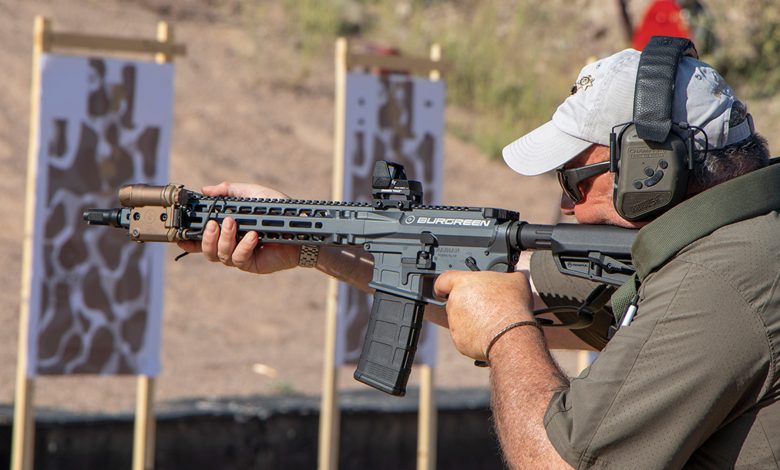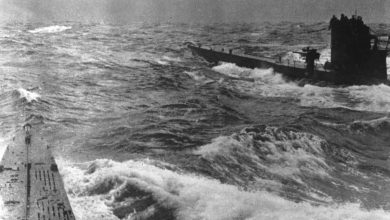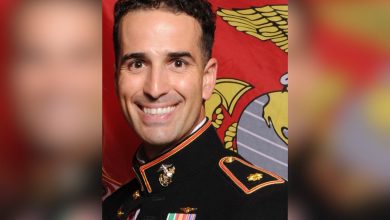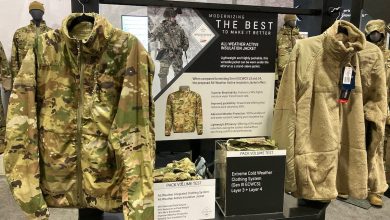Skills Check: Rifle Check In

For us, “Drill Practice” is isolating an individual part of a skill and focusing intently on improving or mastering said skill. The overall goal with good drill practice is to maximize one’s improvement while minimizing overall effort. Success equals consistency
over time.
Recoil control is frequently discussed, but it is often not thoroughly explained. Its importance can be distilled into two key aspects: faster shot-to-shot recovery and improved accuracy. Excessive recoil increases the time required to reacquire the sights, which can lead to rushed, imprecise shots or outright misses. Additionally, effective recoil control enhances accuracy in more subtle ways—when sight movement is minimized, there is less need for constant realignment, allowing for more consistent and precise shooting. In the Rifle Standard Hotel drill, your recoil control will be tested from two positions: standing and kneeling.
Here’s the drill:
From the 50-yard line, on the signal (from a shot timer or range buddy), fire four rounds standing, then drop to kneeling and fire two more.
The par time is 12 seconds or faster, with all hits in the 8-inch target or 8-ring. Use a TRICON Mk4 target, NRA B-8, or similar. If you score all six shots in the 8-ring, aim for an 80-percent score (48/60 points). Exceeding 12 seconds is an automatic failure.
Recoil control is crucial for a shooter’s faster shot recovery and improved accuracy resulting in minimizing sight movement and the need for realignment. To improve your recoil control with a rifle, lean into the recoil. Be on your toes with an athletic stance. To lock in the buttstock, pull the rifle inward with your weak hand—don’t swing out, pull in and grip harder. The transition to kneeling must be quick to allow for the precision required, and poor recoil control in this position will hurt, big time. Train hard, and best of luck.
Read the full article here









